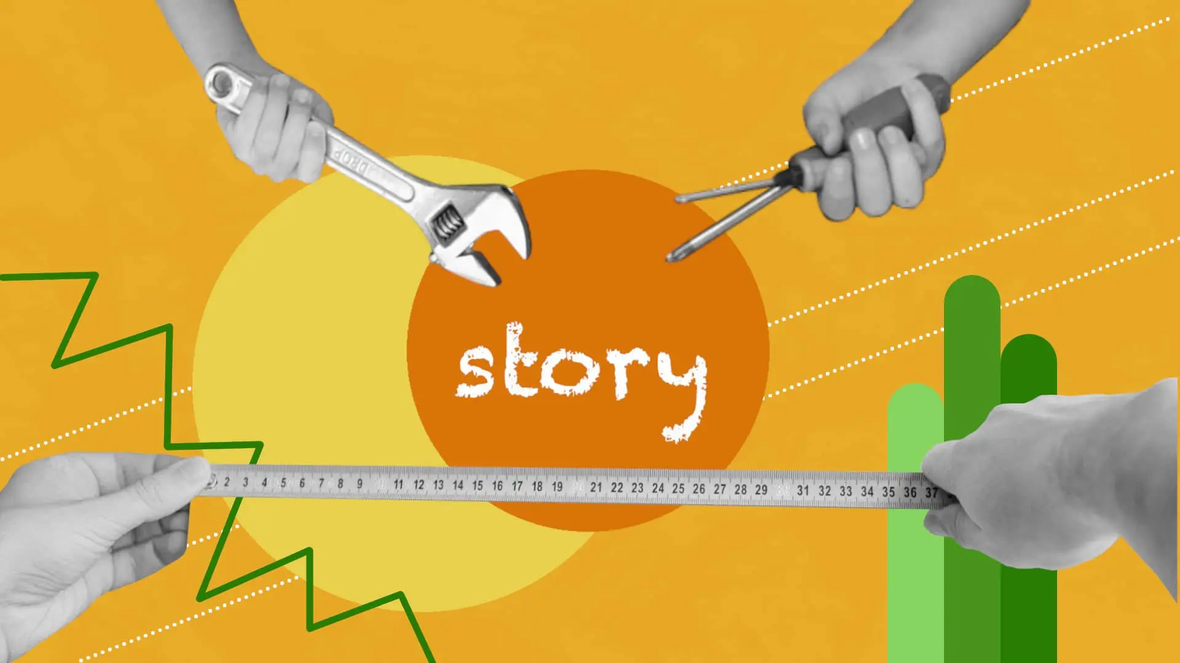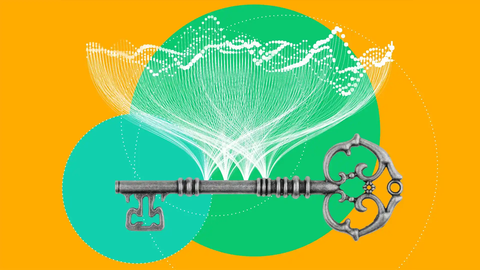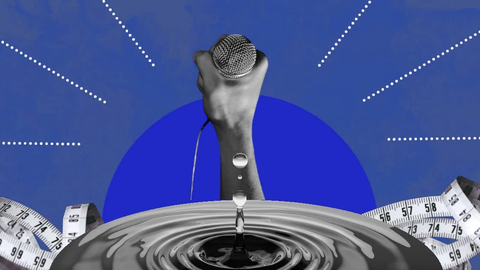It's a challenge to introduce something new to people who are busy enough as it is, and to convince them that a new tool doesn’t add to their workload, but helps lessen it. "In the beginning that was quite hard, but now we're already seeing that the follow-ups we make with smartocto perform very well. It really is a great addition that helps to create different stories."
The gradual introduction of the tool within the company had its desired effect. Instead of hesitation, the online editors showed excitement. Jan-Jaap: "I would occasionally share something in the morning meetings, saying that smartocto made a certain suggestion, which made people very impatient to take a look for themselves. Some are really active now; just judging by the number of A/B tests done, I can tell who is working in the online editorial room that day."
Interpreting data the right way
There are always people who are resistant to a more data-driven approach. And in those cases, it doesn't help if data is interpreted the wrong way. It's important to keep in mind that there's always a choice: you don't have to blindly follow every suggestion. Notifications can sometimes be a bit awkward, like when smartocto suggests follow-ups for sad breaking news stories. Omroep Zeeland recently experienced this when the story about the murder of a young girl was well-read. However, you shouldn't always dismiss these messages right away.
"What you do need to do, and what we're getting better and better at, is to find out how we can employ this tool - how do I read the messages of the tool correctly?" So when a notification says, 'this is popular, create more of it', it doesn't literally mean write more sad breaking news stories. Instead, you could explore the story further. Is there anything else that people could be interested in? In the case of the murdered girl, it led to a Keep Me On Trend story sharing social media reactions.
The team is now finding a workflow that respects both the importance of data and their journalistic task as a public broadcaster. They "aren't driven completely by it, but that's not what is meant for anyway. It's a tool that's open to interpretation all the time. But when people see that a story that we wouldn't have written without smartocto turns into the best story of the day, that makes the benefit undeniable."
Future wishes
Jan-Jaap's wishes for the future are to move their content strategy from being based on gut feeling to based on data. "What I would like to do is look back more and learn from past events. At what time of day did we publish an article and how did it perform at that time? We could then post similar articles at that same time."
The historical reports would become the basis for their morning editorial meetings. But more specifically, it could feed their research teams with subjects that the audience would like to learn more about. "In the end, everybody wants their story to perform optimally. If the data helps to achieve that, I think people will automatically become enthusiastic about that!"



